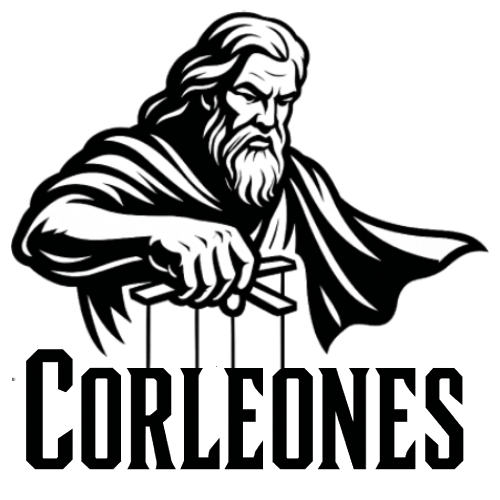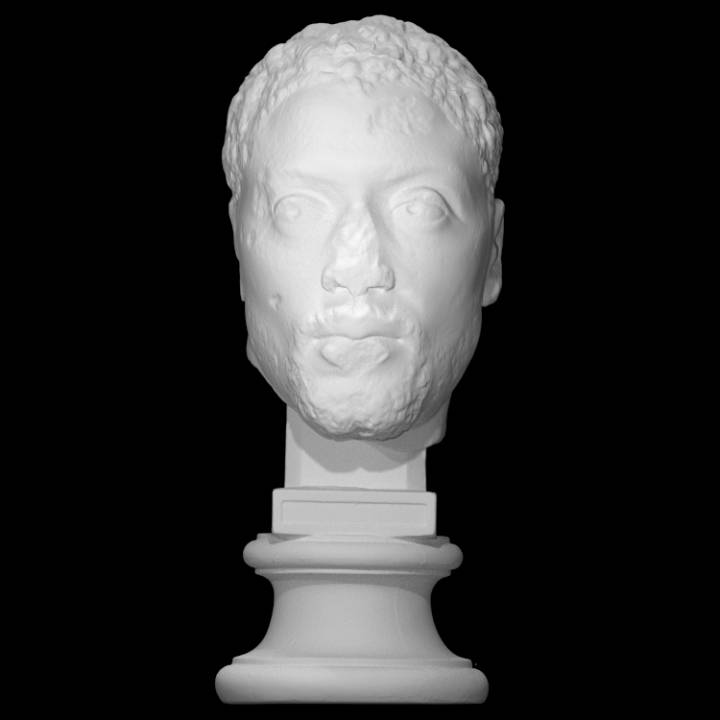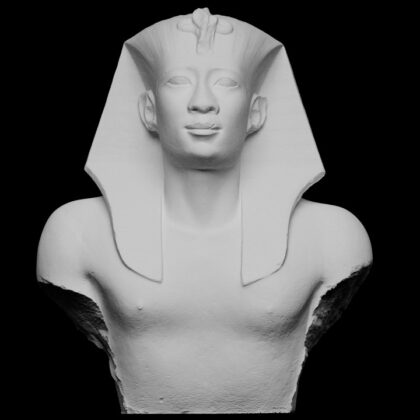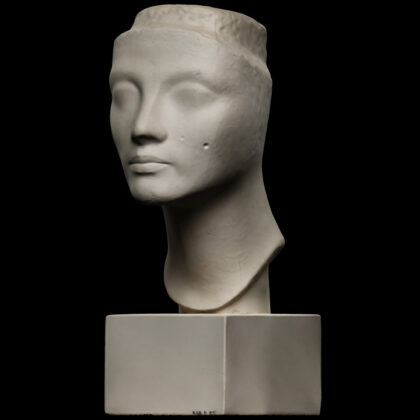King Memnon of Ethiopia is briefly mentioned in the Iliad, Homer’s epic poem about the Trojan War. He comes to the defence of Troy with a vast army, renowned for their skill as archers. Memnon himself is a warrior of such prowess and fearlessness that he is compared to the Greeks’ greatest hero, Achilles. Achilles and Memnon meet in battle, and Memnon is slain. Recognising his strength and courage, the Greek gods make him immortal and take him to Mount Olympus.
This bust was made in the Hellenistic style for the villa where the Greek philosopher Herodes Atticus lived while educating the Roman emperors Marcus Aurelius and Lucius Verus. Around this time, approximately 170 BC, the Romans were keenly interested in the culture of Greece, a recent conquest. They were particularly enthralled by Homer’s tales, which had also fascinated the last great Greek ruler, Alexander the Great. Roman emperors wished to emulate Alexander, and Alexander had seen himself as a new Achilles.
During the reign of Alexander and, later, the Romans, there was a general shift in tastes, veering away from classical idealism towards greater realism. Hence, the bust of king Memnon appears as a portrait of a real person, not just a type. He is, however, also an ideal figure for the Romans, who believed they were descended from the Trojans. Their conquest of Greece had avenged the fall of Troy, and they were on the same side as Memnon. To the Greeks and Romans, the Ethiopians were stronger, taller and gifted with unusual longevity compared to other people.
– Henrik Holm, senior research curator at SMK
This is a 3D scan of a plaster cast of the sculpture ‘Memnon of Ethiopia’ dated circa 170 BCE.
| Afmetingen | N/B |
|---|




